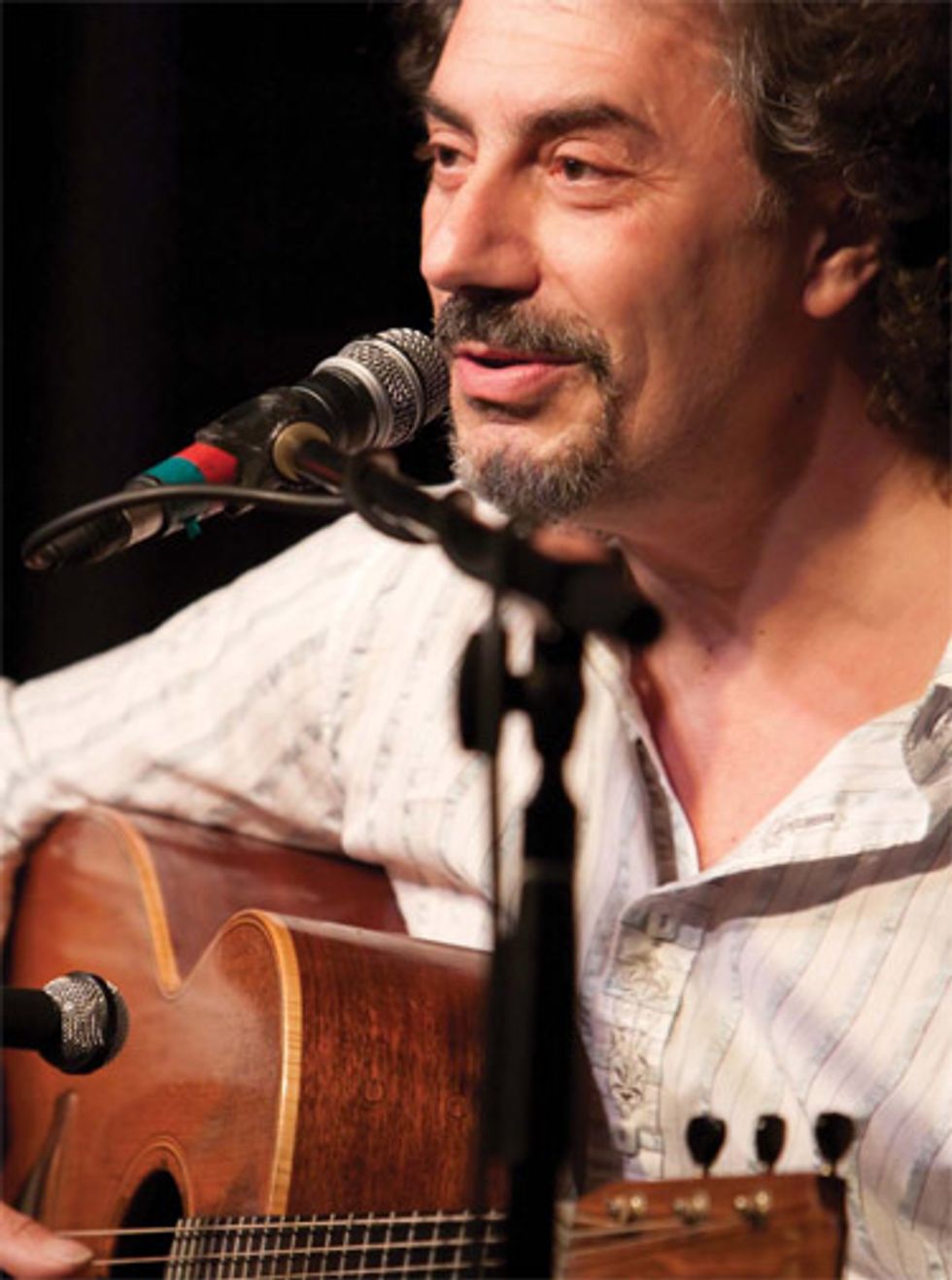 |
The 53-year-old Bensusan was born in Oran, Algeria, and reared in Paris—an upbringing that would eventually lend a cosmopolitan sense to his music. Like many young musicians, he got caught up in the folk revival of the 1960s, strumming and singing songs in the mold of Woody Guthrie and Bob Dylan, before developing his trademark fingerstyle approach.
Bensusan was only 17 when he signed his first recording contract. A year later, his first album, Près de Paris (1975), won the Grand Prix du Disque at the Montreux Jazz Festival in Switzerland. Since then, Bensusan has released a handful of carefully conceived albums filled with compositions of orchestral-like complexity and stunning stylistic variety. Bensusan also wrote The Guitar Book to illuminate the concepts behind those records.
With his warm baritone voice and trademark scatting, Bensusan is also an accomplished singer. Unlike previous releases, his latest album, Vividly, is split evenly between instrumentals and pieces with vocals. But the recording has plenty to offer the guitar aficionado, including cluster chord voicings, unusual chord progressions, shimmering harp-style harmonics, and dense counterpoint.
We recently spoke with Bensusan about his influences, his short-lived foray into electronic effects, and more.
What were your formative musical experiences like?
I was 11 years old when I first got a guitar and mostly strummed it, accompanying myself singing French tunes and American folk songs. Then, when I heard the music of players like Bert Jansch and John Renbourn, that really gave me a kick in the pants and stimulated me to learn how to fingerpick and play solo, in a contrapuntal style.
How’d you get into using DADGAD tuning, and what was it about it that moved you so deeply?
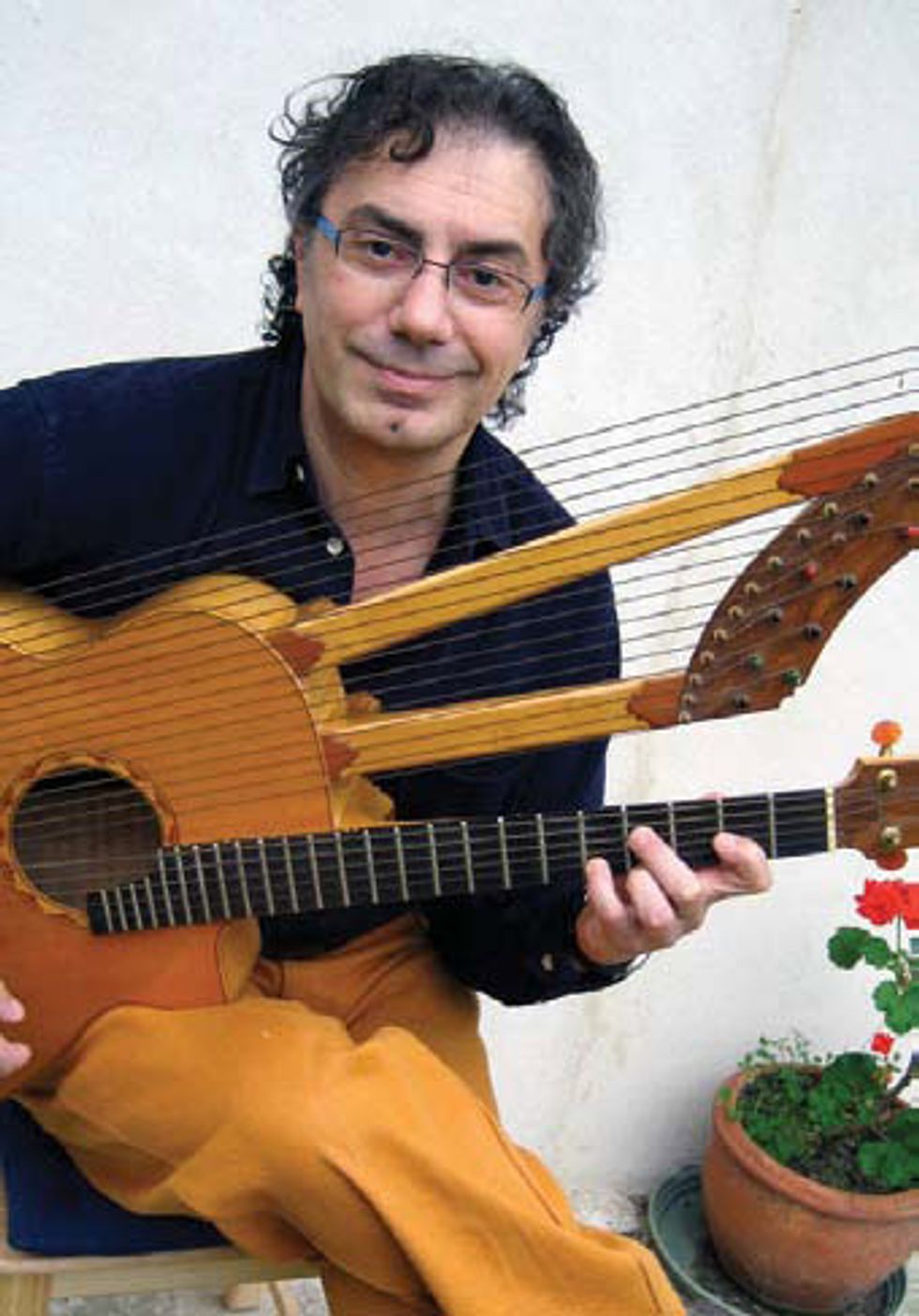 |
Tell us a little about the Lowden that has long been your main guitar.
In 1978, when I was touring Northern Ireland, I met a friend of George Lowden. Several months later, I saw a Lowden guitar in a shop in Paris, and I immediately fell in love with both the sound and look of the instrument. So I called the luthier immediately and asked him to make me a guitar with mahogany back and sides and a cedar top. I’ve played that guitar, which I call “Old Lady” [Ed.: It is officially known as the model S22], for almost 33 years now and have used it on all of my records. I also have another Lowden, my “New Lady,” which is about three years old and is my signature model. It has a spruce top and rosewood body, giving it a different sound than my original Lowden. It’s very responsive, has a lot of headroom, and is very clear and bright. What’s amazing about the newer guitar is it can be so fast and effortless that you really have to pay attention to what you play so things don’t get out of control. It forces me to approach things carefully, which is good.
In what way do you feel like the new guitar can contribute to things getting “out of control”?
If you aim right, that instrument gives you a 3-D rendition, close to perfection, but if you don’t pay attention, you can get overwhelmed by the strength of projection. I am grateful that I have to pay that attention to how I touch it, which is the way it should be, and can only help me to become a better player.
How would you describe your compositional process?
I let my imagination play its role and then allow the guitar to take over. At the beginning, a new piece is just an idea that I have. Over several weeks or several months or several years, I’ll start to incorporate my fingers without ever losing sight of the original concept. Technique can distort an idea, and I’m vigilant about watching out for that. In a way, composing has strengthened my instrumental technique—figuring out how to accurately express something on the guitar has greatly improved my knowledge of the fretboard and my touch on the instrument.
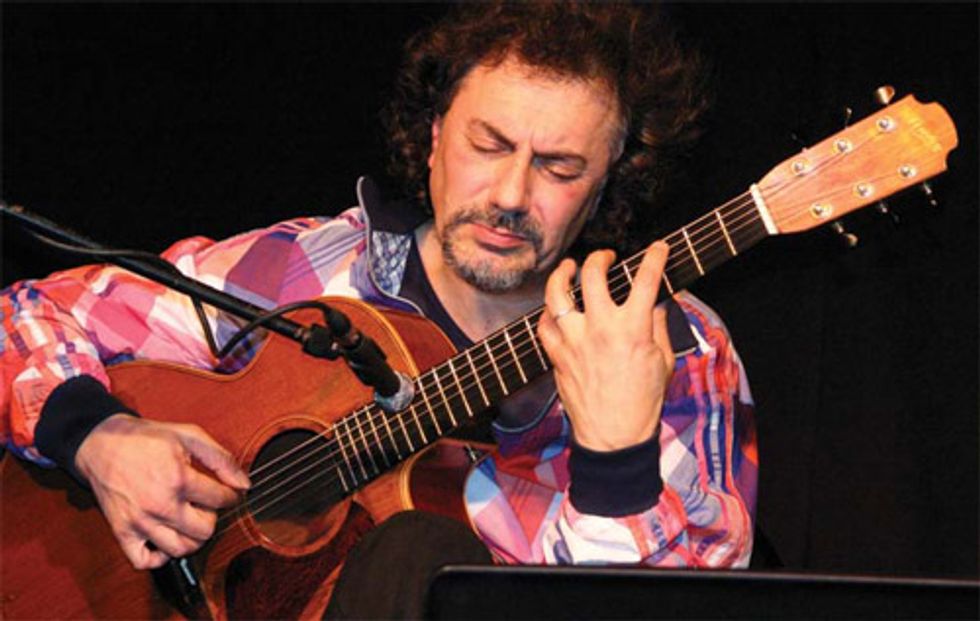
Bensusan plays a November 2009 gig in Germany with his 1978 Lowden flattop,
which features a cedar top and mahogany back and sides. Photo by Schramberg
So in the beginning a new piece is only in your head?
Very often, it is completely and only in my head and has nothing to do with the guitar. I like it to stay that way until I feel the time is right to give it an actual sonic form with what I have in my hands—a guitar—without losing the content to comfort zones dictated by my instrumental technique. Of course, I also find lots of inspiration just by wandering on the instrument. So, it’s a combination of both—imagination and talking with the guitar, looking for the right notes.
Your style is all over the map. Can you pinpoint some of your influences?
Oh, they’re so varied. It can go from Arabic music—I was born in North Africa—to Celtic music and songs from central France, Brazil, India, Cuba, Mali, and beyond. I’m a sponge and am constantly listening to a lot of different things. But at the end of the day, I’m trying to put all these different sounds—which I’ve learned not by studying techniques and theory, but through osmosis—through my own filter to see what comes out. My music is also influenced by my life today and the world in which we live, which is not the perfect place. And thanks to music, for the last 40 years I’ve been very fortunate to have traveled all over world, experiencing a lot of different cultures and geography. This has definitely informed my music as well.
You sometimes scat sing in the manner of George Benson. How did you get into that?
When I first heard [Brazilian singer-songwriter] Milton Nascimento, it occurred to me that he was not only a great singer but a painter who creates beautiful moods with the color of his voice, and that inspired me to augment my guitar playing with my voice. At the same time, I got into scatting through George Benson, and later I was influenced by the amazing things Bobby McFerrin does with his voice. But I’ve tried to scat and sing in my own way—what’s the point of copying?
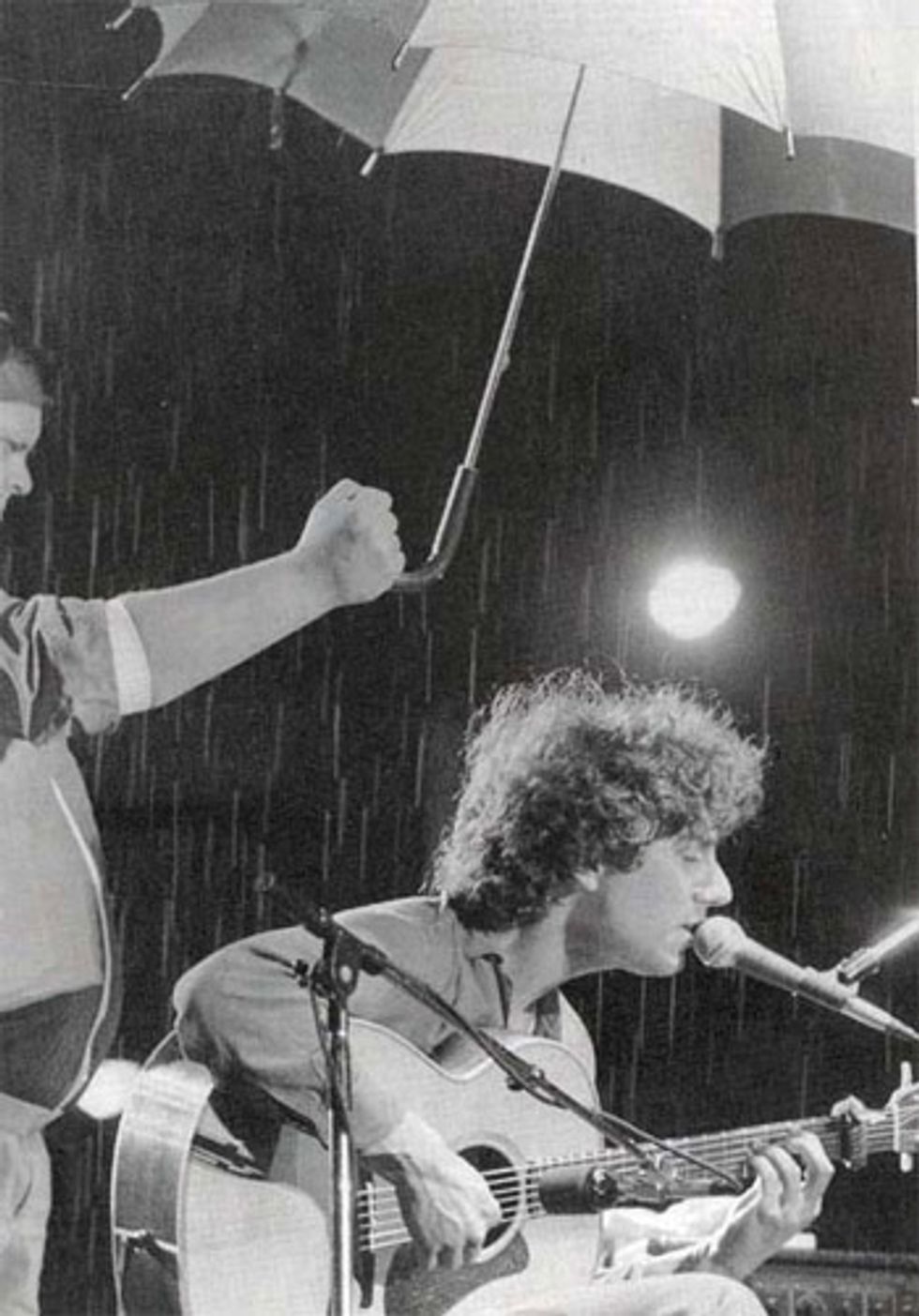 |
I was reluctant to enter that world to start with, but once I did I went all the way. I was like a child in a toy store. It was amazing to discover ping-pong delays, to be able to record more than a minute of myself playing, then add layers and layers on top of that. I did sound-on-sound effects live onstage for 15 years, and my music reached a very inspiring place—though I know that some people weren’t happy with my experiments. Using effects, I felt powerful, but that ended up being a very dangerous thing. I started to feel as if I couldn’t function without effects—and that freaked me out. So, one day before a new tour began, I took a look at all my equipment and said to it, “You stay here— I’m going without you.” I left for the tour with only my guitar and a cable, wanting to touch people with just the instrument.
At first, it was difficult to be stripped of effects. The guitar sounded so small, and on some sound systems, not so great. But I started to accept those sonic limitations and work within that dimension. I concentrated on things like making a beautiful vibrato tell a story, and after a while I got to a point where I could do a concert with no PA—just a guitar and a room. Now I bring a minimum of equipment on tour— my guitar, a volume pedal, a reverb unit, two microphones, a little guitar stand, a music stand for the lyrics so I don’t forget them. And that’s it, except for an electric fan to keep me cool—and that takes up the most space of all.
Has ditching effects changed your playing at all?
Yes. Effects, especially reverb, can greatly mask the sound of a guitar and cause you to forget its natural sound. When you just play a naked guitar, you’re confronted by the pure tone and understand that it requires a lot of work and attention to make the instrument sound beautiful. When I stopped using effects, I found myself concentrating a lot on my right-hand attack and on my left-hand touch. I was forced to address the sound correctly on an acoustic level, and that’s why these days I record without headphones and maybe add just a tiny bit of effects later in the recording process.
Tell us a little about your latest album, Vividly.
On the last recording [2001’s Intuite], I put my singing aside. But this time I wanted to do a record where songs with lyrics and instrumentals shared the space equally. I tried to create a sequence of tunes that would make sense as a whole and would also make sense if you listen separately to the songs and the instrumentals. For each of the songs—some of which I was happy to collaborate on with my wife, Doatea, and a singer-songwriter friend from Los Angeles named Nina Swan—I was careful to record parts that didn’t conflict with the lyrics. I wanted a listener to be able to pay attention to one element at a time without any confusion. In other words, I treated the voice and guitar like equal instruments. I’m very happy with Vividly, which some people have told me is my best record to date. My guitar tone has improved. I sing better than I did in the past. Most importantly, it’s a record that shows where I am as a musician and as a person.
Improvisation seems to play a real prominent role in your music.
I try to be as spontaneous as possible by approaching a new composition with the notion that it’ll never really be completed. I’ll of course try to learn what I’ve written note-for-note, but very soon after that I will deviate from the piece and play it more freely, giving myself a bit of a vocabulary around the places that my fingers know. I’ll follow a piece to where it leads me. Here’s another way I look at improvisation: At the end of the day, everything we learn on our instrument has to be forgotten, because as much as you work hard to overcome the technical challenges that surface when you approach music, ultimately you need to ignore all that information in order to be fully attentive and reactive to what you are instantly composing.
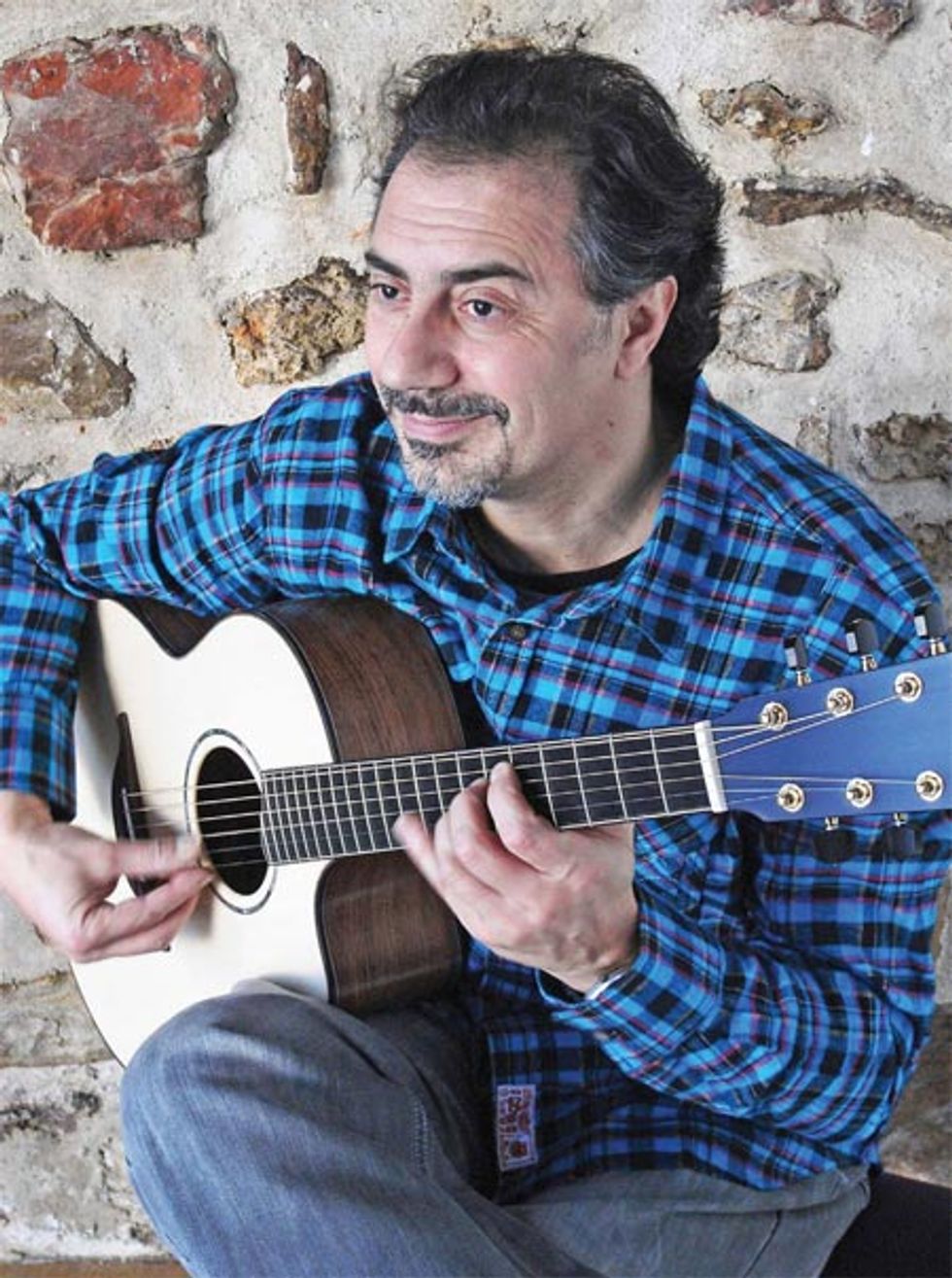
The “New Lady” acoustic that Bensusan’s signature Lowden is based on (shown here) features an Adirondack spruce top, Honduran rosewood back and sides, a Madagascar rosewood bridge, a 5-piece maple neck, ebony headstock overlay, and sycamore, rosewood, and mahogany purfling. Photo courtesy of George Lowden
What makes for a strong improviser?
It helps to have a thorough knowledge of the fretboard, to know the different locations of any given chord and its inversions, to have multiple positions for scales and modes under your fingers. At a certain point, though, you have to stop thinking about scales and actually play music. Music is much more than just a logical and harmonious juxtaposition of melodies. Inside all this, there is an intact abstraction— a brutal and vibrant jewel—calling for your senses, emotions, and all our human feelings. No words can describe that sensation. If there were, then there would be no need to play or listen to music anymore.
Pierre Bensusan's Gearbox
Guitars
1978 Lowden S-22 (dubbed “Old Lady”), Lowden Pierre Bensusan signature model (dubbed “New Lady”), signature Altiplanos archtop made by Michael Greenfield, Juan Miguel Carmona nylon-string, Kevin Ryan steel-string
Effects
Ernie Ball Volume Pedal, Zoom H4 handheld digital recorder (for reverb)
Amplification
Headway Pickups piezo pickup routed through Fishman internal preamp (60 percent of the signal), custom mic handmade in Michigan (40 percent of the signal), RØDE vocal mic
Strings and Picks
Wyres .013–.056 signature set, clear Dobro thumbpick



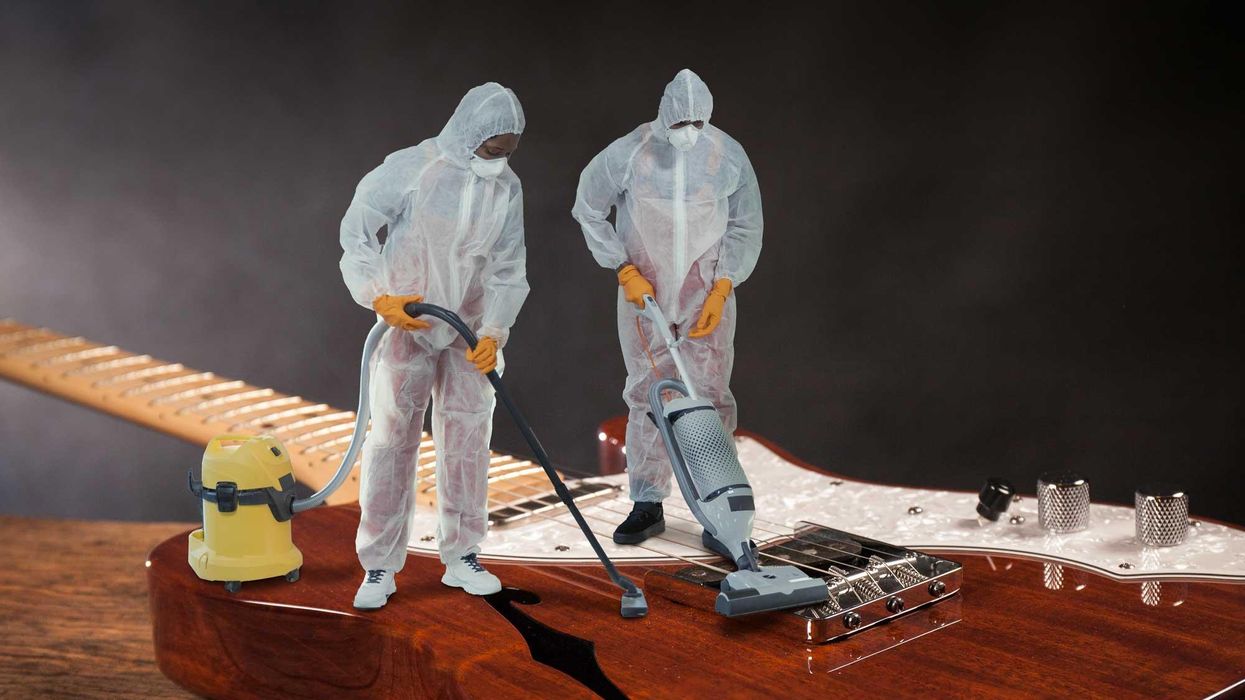
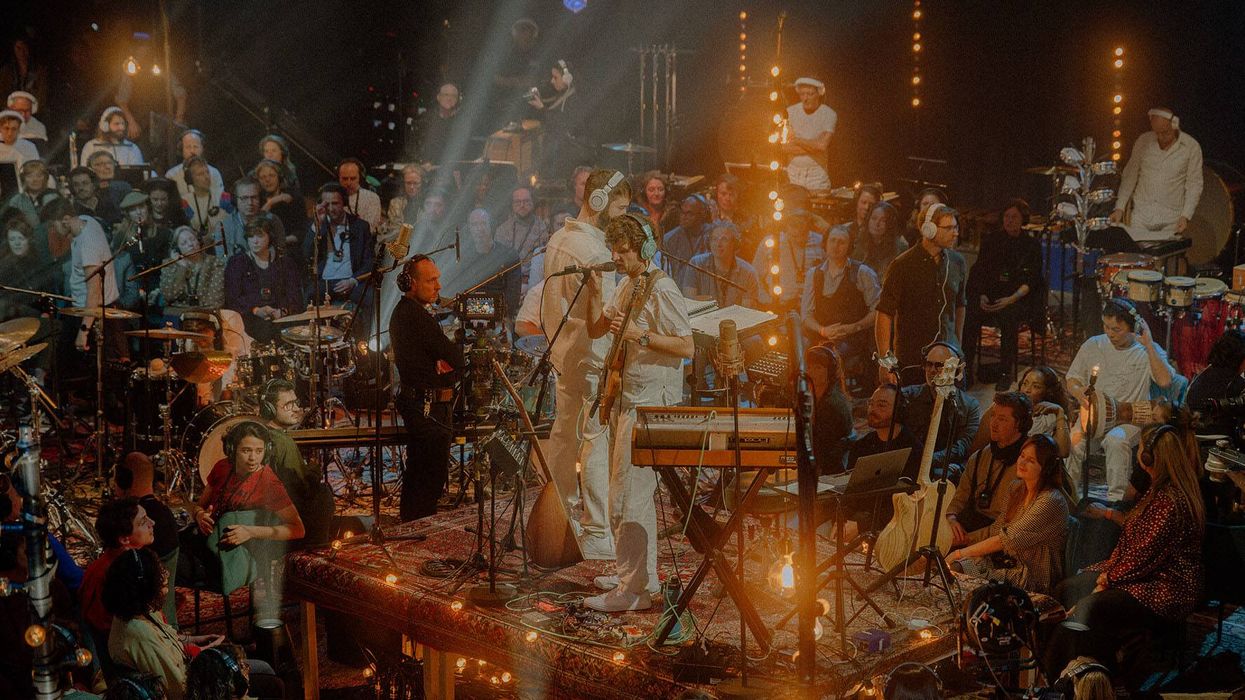
![Rig Rundown: AFI [2025]](https://www.premierguitar.com/media-library/youtube.jpg?id=62064741&width=1245&height=700&quality=70&coordinates=0%2C0%2C0%2C0)












 Shop Scott's Rig
Shop Scott's Rig
![Devon Eisenbarger [Katy Perry] Rig Rundown](https://www.premierguitar.com/media-library/youtube.jpg?id=61774583&width=1245&height=700&quality=70&coordinates=0%2C0%2C0%2C0)

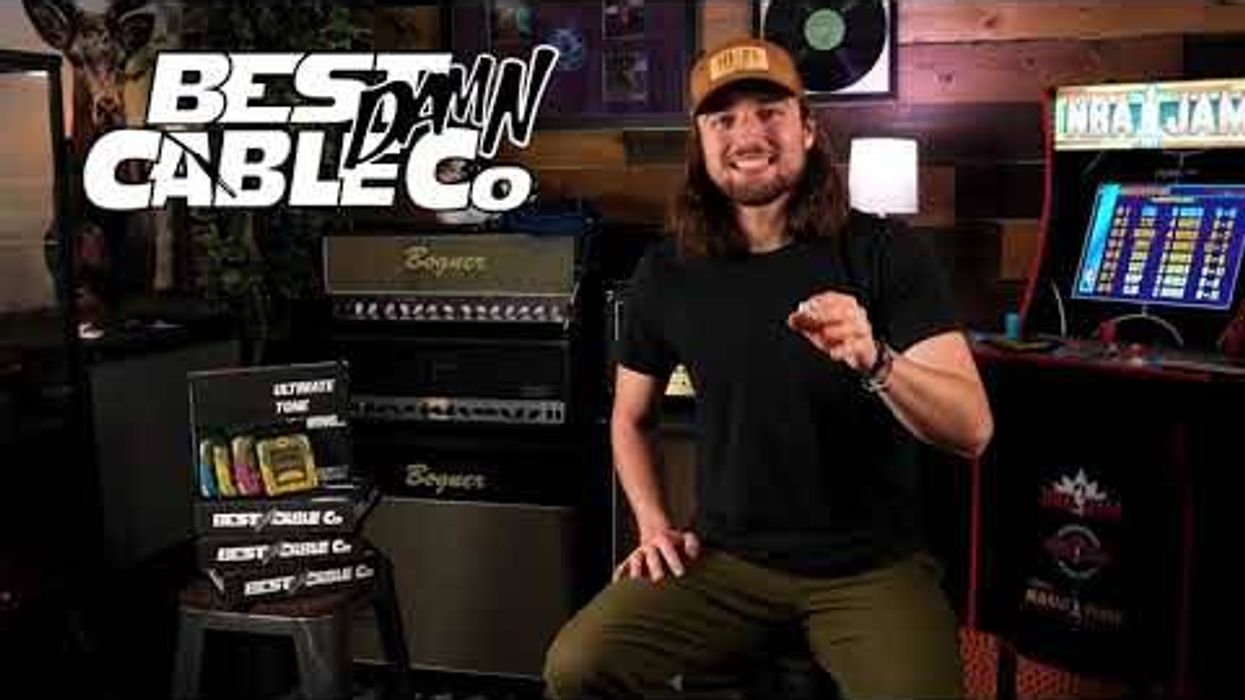
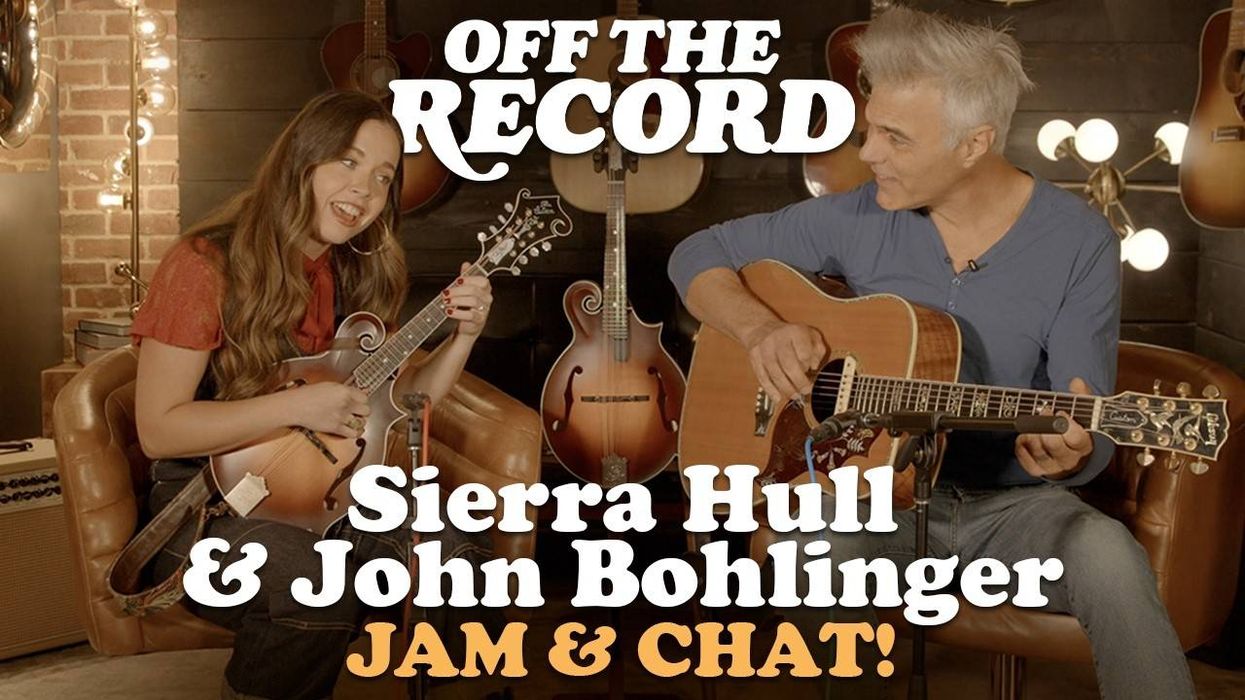









 Zach loves his Sovtek Mig 60 head, which he plays through a cab he built himself at a pipe-organ shop in Denver. Every glue joint is lined with thin leather for maximum air tightness, and it’s stocked with Celestion G12M Greenback speakers.
Zach loves his Sovtek Mig 60 head, which he plays through a cab he built himself at a pipe-organ shop in Denver. Every glue joint is lined with thin leather for maximum air tightness, and it’s stocked with Celestion G12M Greenback speakers.













 Luis Munoz makes the catch.
Luis Munoz makes the catch.









